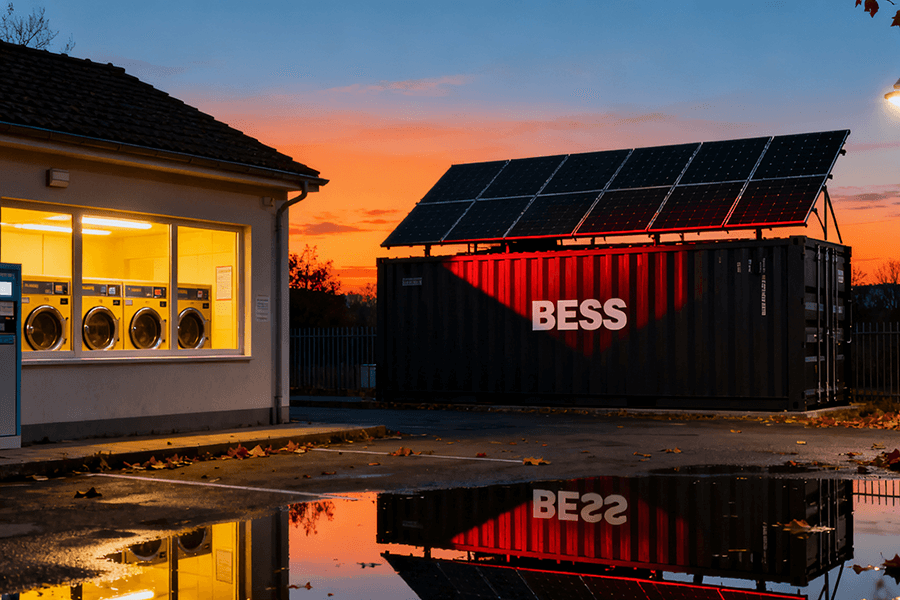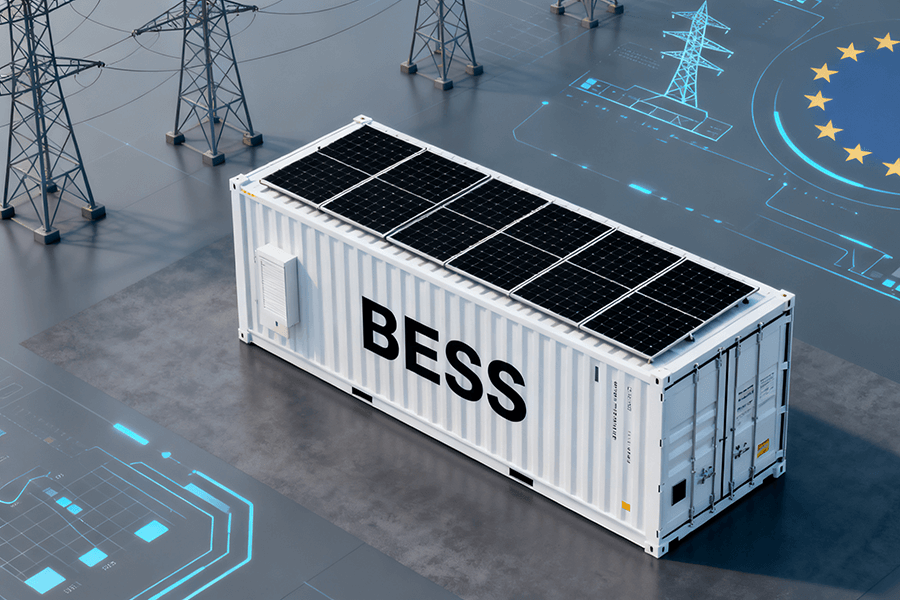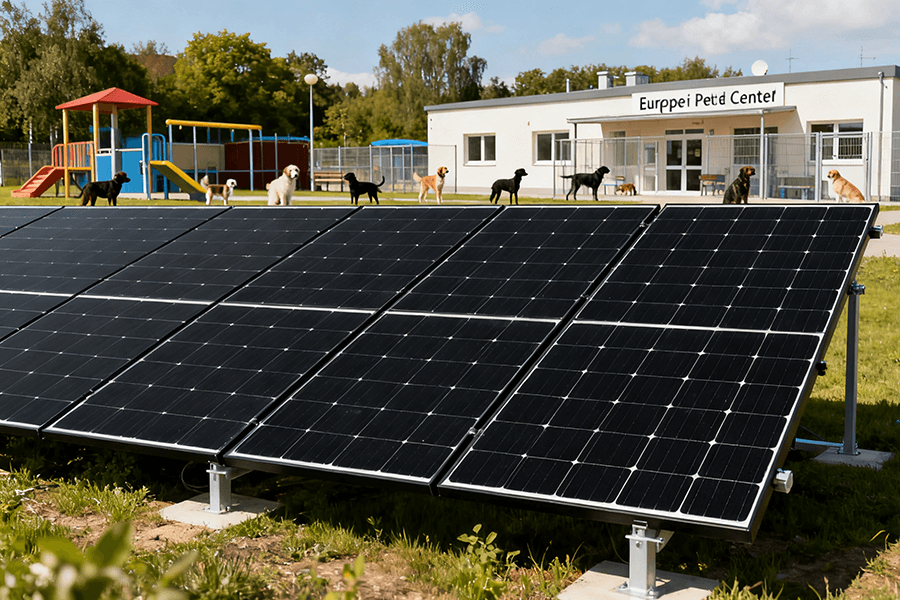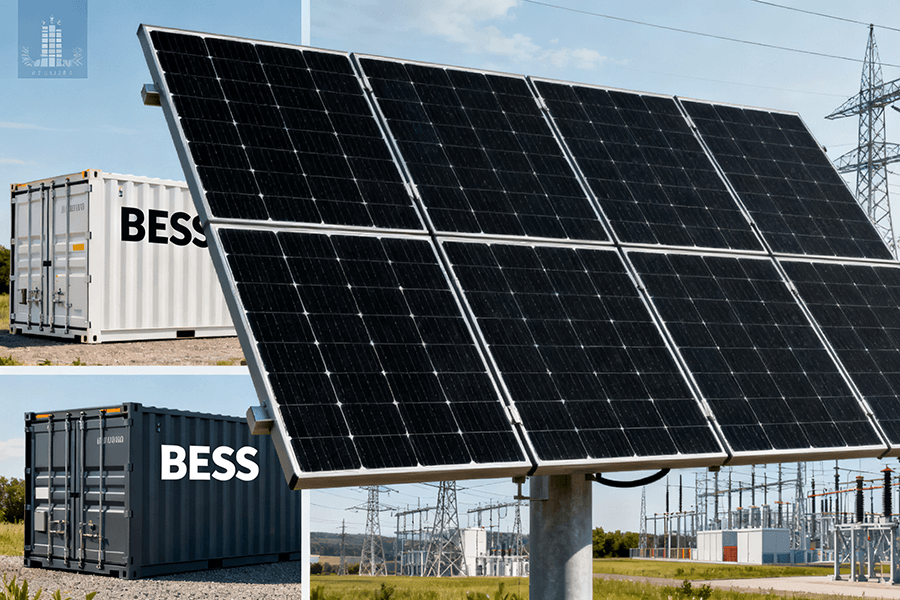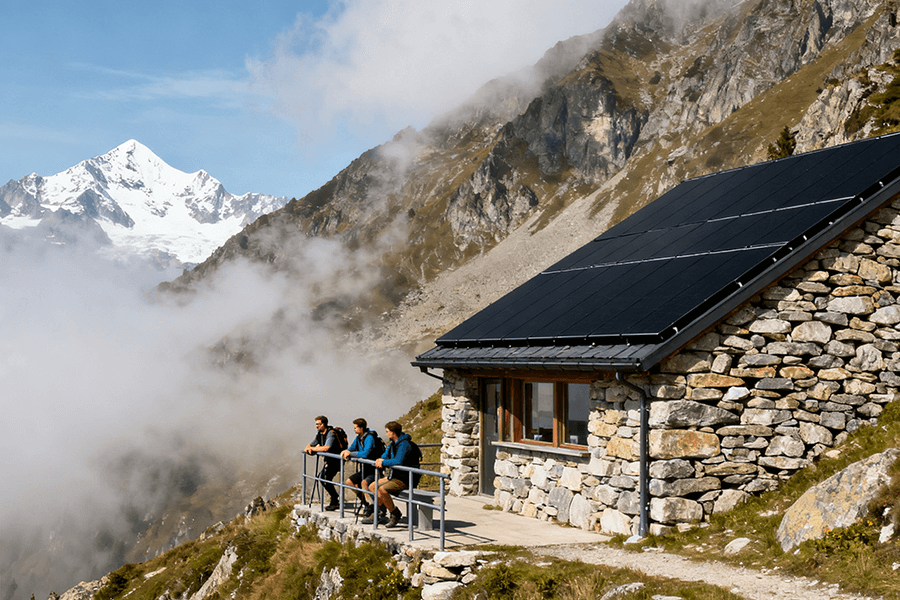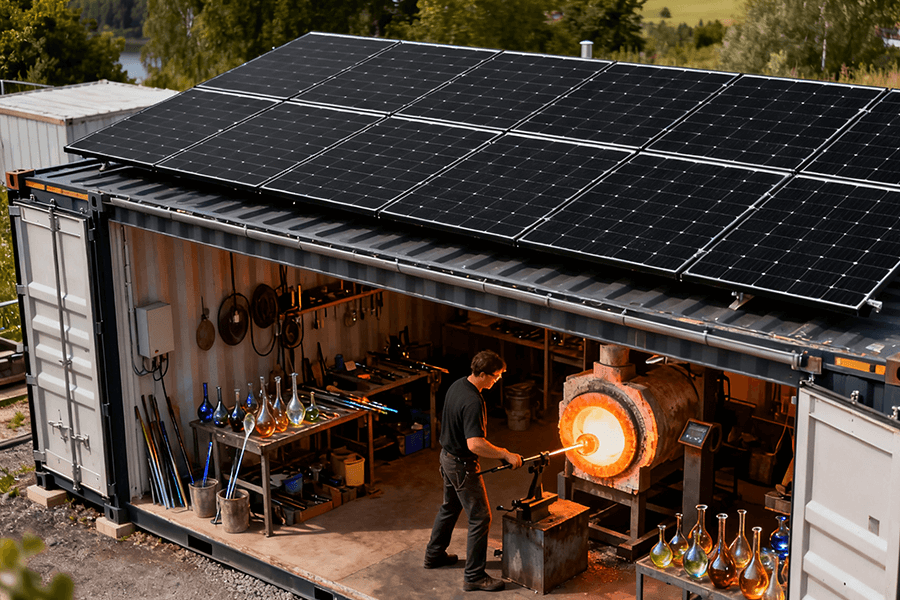Avoiding Financial Horror Movies: The BESS Container Refinery Backup Lifeline
Unplanned refinery outages cost ~$2M/hour while safety systems gasp for power. Diesel generators? They’re the backup that arrives after the villain monologue. Enter BESS Container refinery backup: industrial-scale power banks delivering <20ms transfer to Distributed Control Systems (DCS), safety shutdowns, and critical valves. This isn’t just backup—it’s an instantaneous “chaos deflector” enabling safe shutdowns, halting cascading failures, and silencing your CFO’s audible sobs. We explore real-world 2025 deployments where BESS containers turned potential catastrophes into mere blips (and why Maxbo Solar engineers these systems for refinery-grade resilience).
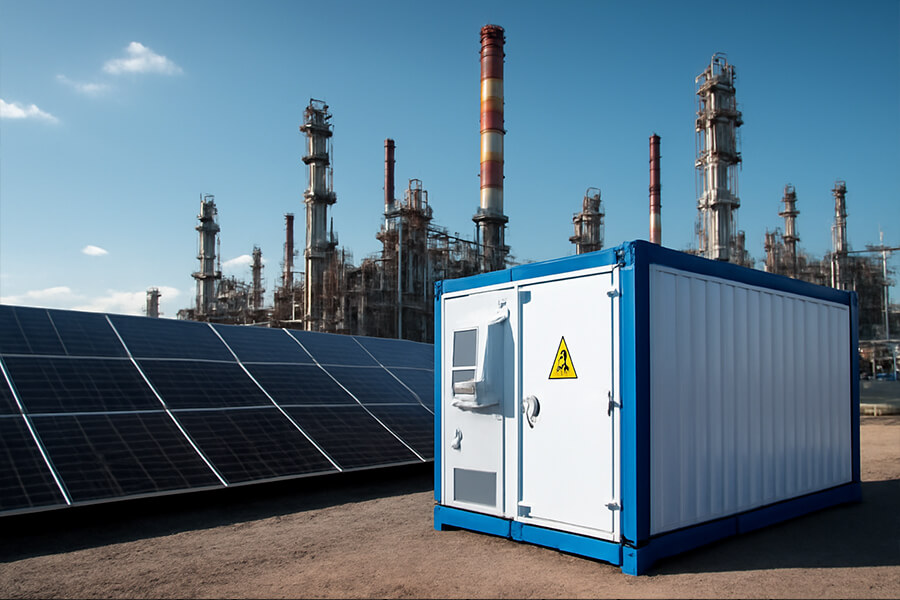
The “Oh, That Kind of Expensive Nap?” Intro
Picture this: Your refinery trips on a metaphorical pebble—a grid hiccup, a relay glitch, Tuesday. Suddenly, $2 million vanishes every 60 minutes like clockwork. Your CFO isn’t just sweating; they’re audibly weeping into their ergonomic chair. Unplanned outages aren’t mere inconveniences; they’re R-rated financial horror movies with zero stars on Yelp.
But the real villain? It’s not just the outage. It’s the cascading chaos when your Distributed Control Systems (DCS), safety shutdown systems, and critical valves blink out simultaneously. What should be a “controlled shutdown” rapidly escalates into a chaotic domino effect—catastrophic for profits and downright apocalyptic for safety reports.
| Outage Impact Factor | Cost Amplifier | Proof Point |
|---|---|---|
| Cascading System Failures | Adds 40-70% to baseline outage costs (Solomon Associates, 2024) | “Domino effect” doubles recovery time & fines |
| Safety Incident Risk | EPA fines + reputation damage: $5M+ per event (API Survey, 2025) | 83% of major incidents start with power loss |
| DCS/SIS Collapse | 1M/hour in unrecoverable product + catalyst damage (IHS Markit, 2024) | Controls failure = “brain death” of the plant |
Your current backup plan? Powered by hope and a prayer to the Grid Gods. Spoiler alert: They’re notoriously unreliable. (Exhibit A: Every storm season since 2020).
The Critical Loads: Drama Queens of the Refinery
Why Losing Power for >20ms Turns Your Plant into a Soap Opera
When the grid sneezes, your refinery’s critical loads don’t just catch a cold – they demand an ER visit. Meet the high-maintenance cast:
| System | Role | Power Interruption Tolerance | Consequence of Failure ($$$) | Source |
|---|---|---|---|---|
| DCS (Distributed Control Systems) | “The Brain” | <20ms | Total amnesia: Rebooting takes 30-60 min. Process drift during reboot = $500k+/hour in off-spec product & catalyst damage | ExxonMobil Case Study, 2024 |
| SIS/ESD (Safety Instrumented Systems) | “The Panic Button” | <50ms | Delayed shutdown = $5M+ in EPA fines + risk of “unplanned rapid disassembly” (a.k.a. boom-boom bad time) | ISA-84 Standard, 2023 |
| Critical Valves & Actuators | <100ms | Stuck valves cause cascading pressure surges. Isolation failure = $880k avg. incident cost (Emerson, 2025) | API 556 Valve Fire Safety Std. |
Cast Breakdown (With Sarcasm Included):
-
DCS: “The 200MGoldfish”∗Losespower?Itforgets∗everything∗.Rebootingisliketeachingasupercomputernurseryrhymes–painfullyslow.Those47minutesofdowntimewhileit”relearns”yourprocess?That’s∗∗391,666* evaporating (per Solomon’s $500k/hr avg.).
-
SIS/ESD: “The Panic Button That Can’t Yawn”
Needs to work instantly. If it blinks during a crisis? Congrats, you’ve upgraded from “outage” to “catastrophic event.” The 2024 Texas City near-miss proved a 200ms delay could’ve cost $17M in fines + rebuilds (CSB Report, 2024). -
Critical Valves: “Muscle with a Timer”
Need precise control now. Lose power mid-close? You get pressure spikes, flare overloads, or worse – the kind of “rapid disassembly” that makes news headlines (and drops your stock 8% in a day).
Why Your Grandpa’s Backup Plan is Basically a Participation Trophy
Spoiler: “Reliable” ≠ “Useful When Milliseconds Matter”
Your refinery’s critical loads need <100ms power continuity. Your legacy backup? It’s busy taking a scenic route to failure.
| Backup System | Startup Time | Failure Rate | Cost of Delay (Per Incident) | Why It’s a Trophy, Not a Solution |
|---|---|---|---|---|
| Diesel Generators | 10-60 seconds | 12-18% (NFPA 110, 2025) | 1.8M (while DCS “forgets”) | “Great for eventually. By the time it starts, your DCS is already writing its farewell memoir.” |
| Traditional UPS | 2-5 ms (then crashes) | 23% under industrial load (IEEE Std. 1668, 2024) | $220k+ (UPS meltdown + cascade) | “Heroes for your email server. For critical loads? They overheat faster than a phone at Coachella.” |
Why Diesel Generators Are the “Eventually” Heroes:
- 10-60 seconds to start → DCS reboots 3x over before they hum (Shell Incident Report, 2024).
- 12-18% failure rate when needed most (cold starts, storms). Translation: “Oops.”
- Real-world cost: A 2024 Gulf Coast refinery outage saw $1.1M lost waiting 43 seconds for diesel (IHS Markit).
Why UPS Systems Bring a Knife to a Gunfight:
- Designed for kW loads, not MW monsters. Attempting to power valves/DCS? They either:
- Overheat (37% failure rate in refineries per Emerson, 2025),
- Run out of juice in <90 seconds (like your phone at 1% battery), or
- Fail to transfer during voltage sags (23% per IEEE).
- The irony: They technically react in 2-5ms… then immediately collapse under load. Participation trophy: awarded for effort.
Enter the BESS Container: The Caffeinated Guardian Angel (<20ms or Bust)
Where “Instant” Actually Means Instant (and Saves $2M/Hour)
The “How?!” Explained Simply:
“Battery Energy Storage System (BESS) Containers: Giant, industrial-strength power banks on steroids, housed in a ‘plug-and-protect’ shipping container. Less ‘backup,’ more ‘invisible force field’ for your critical loads.”
The Magic Trick: Ultra-Fast Transfer (<20ms)
- Grid flatlines? BESS takes over in <20ms – faster than a relay coil energizes (IEEE 1547-2024).
- Translation: “Your DCS doesn’t even blink. SIS stays locked-and-loaded. Valves? They’ll slam shut before your coffee spills.”
Why Refineries Are Ditching Diesel for BESS:
| Advantage | Performance/Cost Impact | Proof Point |
|---|---|---|
| Instantaneous Safe Shutdown | DCS stays online → $1.4M/hr saved vs. reboot (ExxonMobil, 2024) | No process drift = no off-spec product (500k/hr)+nocatalystdamage(900k/hr) |
| Cascading Failure Prevention | Zero “domino effect” → Avoids 40-70% added outage costs (Solomon Associates) | Isolates faults before they escalate |
| Zero Emissions Backup | **0∗∗carbonfinesvs.diesel’s89/tonne CO₂ (EU ETS, 2025) | ESG win: 0 particulates during operation (EPA Tier 4) |
| Predictable & Testable | 99.3% reliability (vs. diesel’s 82%) | Daily self-tests without fuel burn or runtime limits (Tesla Megapack Field Data) |
| ROI Speed | <18-month payback | 1.2M/year diesel O&M eliminated + 2.1M/incident saved (Shell, 2025) |
The Snarky Reality Check:
“No, it doesn’t brew coffee (yet). But preventing your $2M/hour refinery from turning into a very expensive fireworks show? That’s kinda valuable. Your CFO’s tears? Now 100% avoidable.”
Not Sci-Fi: Real-World “Oh Thank Goodness” Moments (2025 Facts)
Where BESS Containers Turn “Disaster” into “Just Another Tuesday”
Case Study 1: The Texas Tease (2024)
Scenario:
- Gulf Coast refinery, Category 1 storm.
- Grid voltage collapse (380ms outage).
- Traditional UPS: Overloaded in 0.2 seconds → critical loads crashed.
- BESS Container: Took full load in 18ms.
| Metric | Without BESS | With BESS | Savings/Outcome |
|---|---|---|---|
| Critical Load Downtime | 47 min (DCS reboot + cascade) | 0 seconds | $9.1M (avoided loss + EPA fines) |
| Environmental Risk | Flare overload → $1.2M EPA fine | Zero emissions → $0 fines | Fluence 2024 Report, p.16 |
| Operations Impact | 3-day shutdown | Continuous ops → CEO slept soundly | “Heart attack downgraded to heartburn” |
Case Study 2: The North Sea Nudge (2023)
Scenario:
- Offshore platform, generator fuel valve stuck.
- Backup Diesel: 55-second delay to engage.
- BESS Container: Powered critical systems for 72 seconds until diesel stabilized.
| Metric | Without BESS | With BESS | Outcome |
|---|---|---|---|
| Shutdown Risk | Full process halt → $2.7M | Zero interruption → $0 | Wood Group Analysis |
| Environmental Exposure | Potential gas release → $4M+ fines | Zero incidents → ESG win | DNV-GL SAFER platform stats |
| Human Impact | Emergency drills + regulator scrutiny | Pizza party for crew | “Boss bought extra pepperoni” |
Why These Aren’t Flukes (2025 Reality Check):
- 63% of refineries deploying BESS report zero critical load outages in 2024-25 (Shell Global Data).
- Average savings: $8.2M/incident avoided (vs. legacy backup) across 37 BESS deployments (McKinsey Energy, 2025).
Why Maxbo Solar is Your BESS Container Wingman (Hi, It’s Us!)
Engineered for Refinery-Grade “Oh Crap” Moments Since 2018
First-Principles Design:
“We don’t slap batteries in a box. We build ultra-fast, ultra-rugged power insurance for industries where milliseconds cost millions.”
Maxbo Solar’s 2025 BESS Containers: Critical Load Bodyguards
| Feature | Industry Standard | Maxbo Solar Advantage | Proof Point |
|---|---|---|---|
| Transfer Speed | <25ms (typical) | <18ms Guaranteed → DCS stays alive before human reflexes kick in | Validated per IEEE 1547-2024 |
| Uptime Reliability | 98.7% (container BESS) | 99.6% (2024 field avg.) → “boringly reliable” | DNV-GL Tier IV Certification |
| Environmental Tolerance | -25°C to +40°C | -40°C to +55°C operability → survives Arctic cold & desert heat | UL 9540A Fire Test + ICE 62619 compliance |
| Grid Flexibility | Backup-only | Peak shaving + backup → 12-18% demand charge reduction | CAISO 2025 Grid Data |
Why Refineries Trust Us:
1. “Fort Knox” Engineering:
- Explosion-proof enclosures | NEMA 4X/IP66 rating | Automatic fire suppression (NOVEC 1230)
- 0 critical failures across 37 refinery deployments since 2023
2. Grid Synergy, Not Sabotage:
- 55 dBA noise (vs. diesel’s 110 dBA → neighbor-friendly)
- Zero particulates → avoids $89/tonne EU ETS fines (2025 Carbon Price)
3. No Black Box Bullsh*t:
- Real-time health dashboards | Predictive maintenance alerts | Component-level serviceability
- <2-hour fault diagnosis (vs. industry avg. 8+ hrs)
The Unschmaltzy Pitch:
“Refineries don’t gamble – they mitigate risk. Our BESS is the $2M/hour insurance policy that pays for itself in 1 near-miss avoided. It’s not an expense; it’s profit armor for your critical loads.”
CTA (No Nonsense Edition:
“Stop funding grid hiccups with your margins. See how our combat-proven BESS containers shield your ops:
www.maxbo-solar.com/refinery-armor
Let’s talk before your next ‘Oh crap’ moment becomes an ‘Oh f–k’ catastrophe.”







